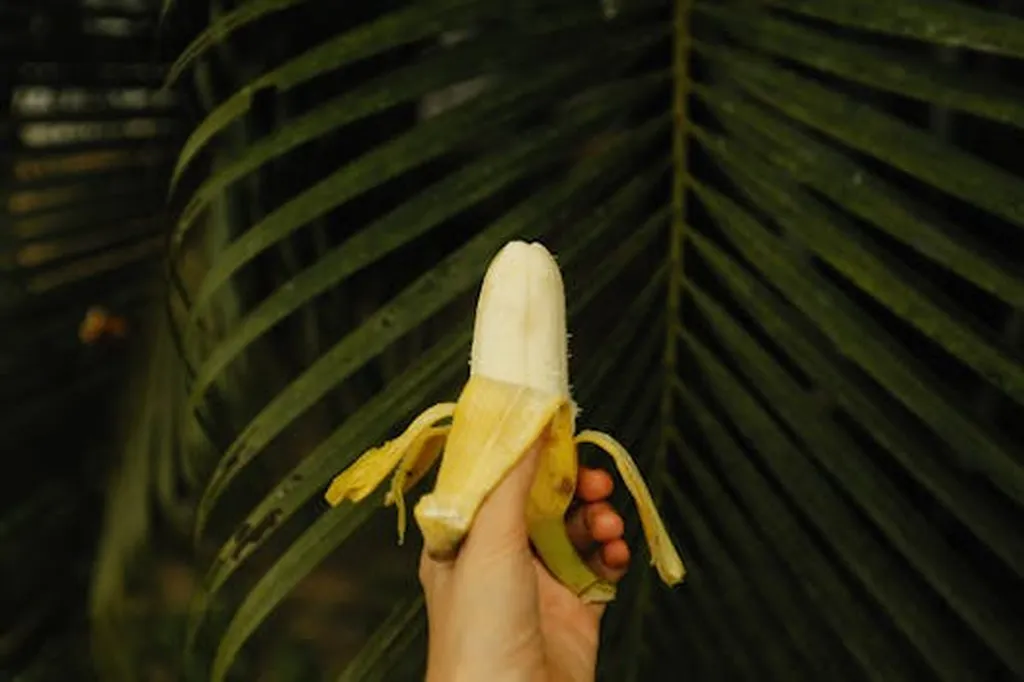In the world of date palm cultivation, timing is everything. When male and female date palms flower at different times, growers face a challenge that can disrupt the entire production cycle. A recent study published in the journal *Plants* offers valuable insights into how pollen storage duration affects fruit set and quality in the popular ‘Mejhoul’ date palm cultivar, providing practical guidance for growers and potential opportunities for the agriculture sector.
The study, led by Ricardo Salomón-Torres of the Unidad Académica San Luis Río Colorado at the Universidad Estatal de Sonora in Mexico, examined the stainability of pollen from four male date palm genotypes—‘Mejhoul’, ‘Deglet Nour’, ‘Khadrawy’, and ‘Zahidi’—stored at 4 °C for varying durations: fresh, one-year, and two-year storage. The researchers used 1% acetocarmine to assess pollen stainability, a key indicator of cytoplasmic integrity, and evaluated fruit and seed set percentages as practical measures of stored pollen’s effectiveness under field conditions.
The results were clear: fresh pollen consistently outperformed stored pollen in terms of stainability and fruit set. Fresh pollen exhibited the highest stainability (91.2–95.6%), followed by one-year-stored pollen (59.4–68.3%), and two-year-stored pollen (38.8–45.4%). Fruit set percentages mirrored these findings, with fresh pollen yielding the highest results (63.8–81.7%) and declining as storage duration increased. Notably, ‘Deglet Nour’ pollen demonstrated superior compatibility with ‘Mejhoul’ females, a finding that could have significant implications for growers seeking to optimize cross-pollination strategies.
One of the study’s most intriguing discoveries was the minimal impact of reduced pollen stainability on physical fruit characteristics and seed traits. Despite lower stainability in stored pollen, there were still enough viable grains to ensure effective pollination. This suggests that growers can rely on short- to medium-term stored pollen without compromising fruit quality, a critical insight for regions where asynchronous flowering is a persistent challenge.
The study also highlighted the presence of Metaxenia and Xenia effects, where the pollen genotype influenced fruit and seed size. “These effects underscore the importance of selecting the right pollen donor to achieve desired fruit characteristics,” Salomón-Torres explained. This finding could open new avenues for breeders and growers to fine-tune their production processes, potentially leading to higher yields and better-quality fruits.
For the agriculture sector, these results offer both practical solutions and future possibilities. The ability to store pollen effectively for short and medium terms can help growers manage asynchronous flowering more efficiently, reducing the risk of crop loss and ensuring consistent production. However, the study also recommends sub-zero temperatures for extended pollen preservation, a consideration that could drive innovation in storage technologies and protocols.
As the demand for date palms continues to grow, particularly in regions like Mexico where ‘Mejhoul’ is a prized cultivar, this research provides a roadmap for optimizing pollination practices. By leveraging these findings, growers can enhance their productivity and adapt to the unique challenges of date palm cultivation. The study, published in *Plants* and led by Ricardo Salomón-Torres, not only addresses immediate practical concerns but also paves the way for future advancements in the field.

